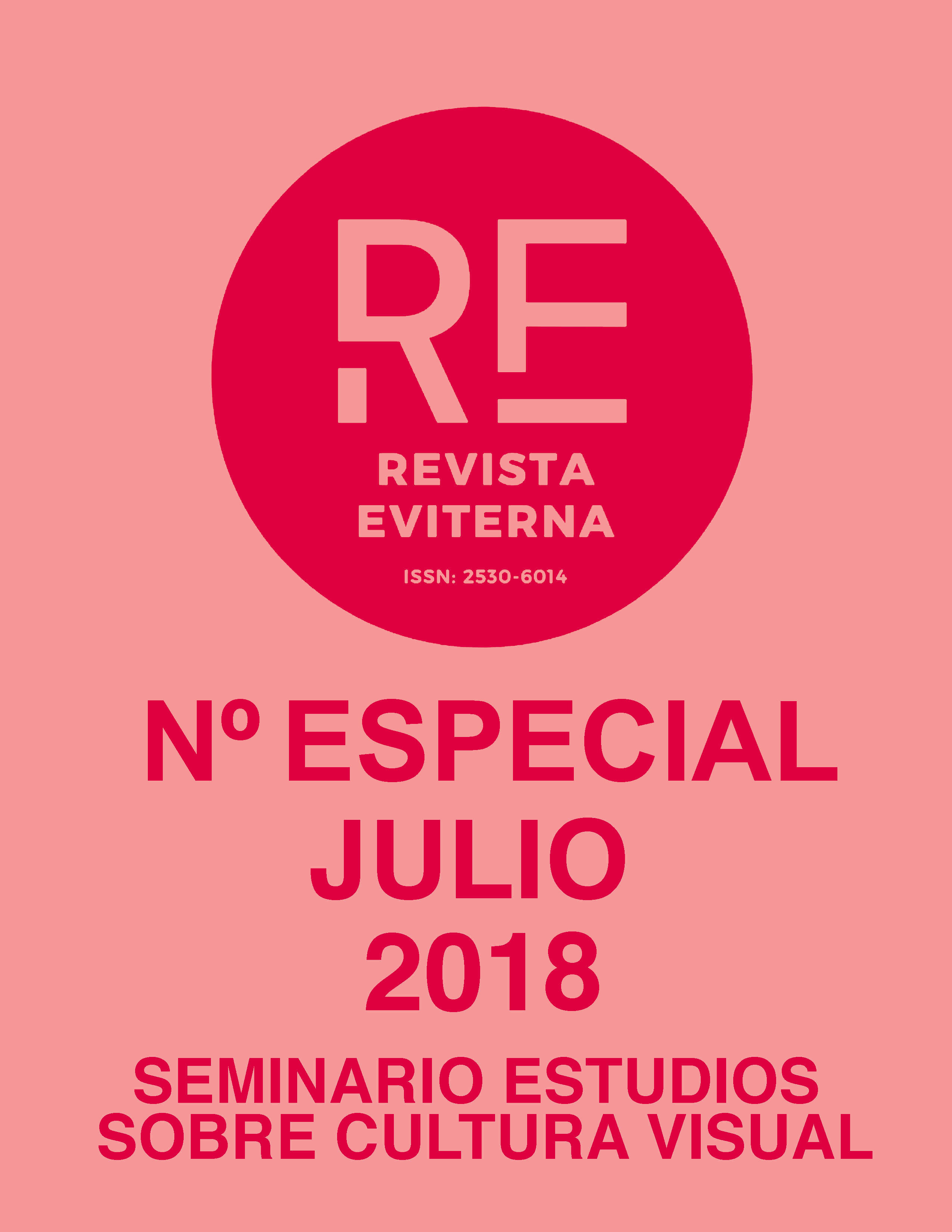Cartography of the audiovisual landscape at the beginning of the 21st century. Disney, a global media empire
DOI:
https://doi.org/10.24310/Eviternare.v0i0.8225Keywords:
Disney; Lucasfilm; Pixar; Marvel; Cinema; Visual CultureAbstract
The main objective of this study is to analyse the changes that has taken the cinema to be transformed into hypercinema. We have attended to a transformation of the exclusive screen to the global screen, to a metaphorical death of cinema, taking part into the transformation process of hypermodernity, not even leaving alone the concepts of cinephilia and/or ciemania and arising the need of a new methodology that framework such approach.The concept of “hypercine” is born into the second modernity and it has affected the process of technification that society has overcome. We are going to take over an analysis of contemporary cinema as a form of art immersed in a spiral of marketing strategy predominantly ending with the study of the “hyperspectator” and the core idea as a base for “hypercine”. As a real witness of this theory we are going to use The Walt Disney Company because it offers us the point of view of “hypermodern” media enterprise, due to its style of leadership based on intermedial synergism as well as the creation of “transmedia storytelling” into the framework of cultural atmosphere and arts? world.
Downloads
Metrics
Publication Facts
Reviewer profiles N/A
Author statements
Indexed in
-
—
- Academic society
- N/A
- Publisher
- Universidad de Málaga
References
BISKIND, Peter (2008). Moteros tranquilos, toros salvajes. La generación que cambió Hollywood. Anagrama: Barcelona.
CAPODAGLI, Bill, JACKSON, Lynn (2008). La gestión al estilo Disney, Deusto: Barcelona.
FANNING, Jim (2016). El libro de Disney.DK: Londres.
FINCH, Christopher (2011). El arte de Walt Disney: De Mickey Mouse a Toy Story. Lunwerg: Barcelona.
GARCÍA GÓMEZ, Francisco, PAVÉS, Gonzalo (2014). Ciudades de cine.Cátedra: Madrid.
GUBERN, Román (2013).Cultura audiovisual. Escritos 1981-2011. Cátedra: Madrid.
HOWE, Sean (2013).Marvel Comics. La historia jamás contada. Panini: Gerona.
JULLIER, Laurent, (2006). ¿Qué es una buena película?Paidós: Barcelona.
KUSHINS, Josh (2017). Star Wars El arte de Rogue One. Planeta Cómic: Barcelona.
LIPOVETSKY, Gilles (2000). El imperio de lo efímero. Anagrama:Barcelona.
LIPOVETSKY, Gilles (2002). Metamorfosis de la cultura liberal. Anagrama: Barcelona.
LIPOVETSKY, Gilles, SERROY, Jean (2015). La estetización del mundo. Anagrama:Barcelona.
LIPOVETSKY, Gilles, SERROY, Jean (2009). La pantalla global. Anagrama:Barcelona.
LONGWORTH, Karina (2012). Masters of Cinema: George Lucas. Phaidon: New York.
MORIENTE, David (2015). “De vándalo a artista: Banksy”, Anuario del Departamento de Historia y Teoría del Arte, Barcelona, Universitat Internacional de Catalunya, vol. 27, pp. 31-52.
PAIK, Karen (2007). To Infinity and Beyond. The Story of Pixar Animation Studios. Virgin BooksLtd: London.
SANDERSON, Peter (2013). Marvel crónica visual definitiva, Londres, DK: Londres.
SCOLARI, Carlos (2013). Narrativas transmedia. Cuando todos los medios cuentan. Deusto: Barcelona.
SZOSTAK, Phil (2015).El arte de Star Wars. El despertar de la Fuerza.Planeta Cómic: Barcelona.
ZENGER, Todd (2013). “The Disney Recipe”. Harvard Business Review. Recuperado de www.hbr.org/2013/05/what-makes-a-good-corporate-st (Consultado 02/12/2016).
Downloads
Published
How to Cite
Issue
Section
License
All the contents published in Revista Eviterna are subject to the Creative Commons Reconocimento-NoComercia-Compartirigual 4.0 license, the full text of which can be found at <http://creativecommons.org/licenses/by-nc-sa/4.0>
They may be copied, used, disseminated, transmitted and publicly exposed, provided that:
The authorship and original source of your publication (Journal, editorial and URL of the work) are cited.
They are not used for commercial purposes.
The existence and specifications of this use license are mentioned.

Copyright is of two kinds: moral rights and patrimonial rights. Moral rights are perpetual, inalienable, inalienable, inalienable, inalienable and imprescriptible prerogatives.
In accordance with copyright legislation, Revista Eviterna recognizes and respects the moral rights of the authors, as well as the ownership of the economic right, which will be transferred to the University of Malaga for dissemination in open access.
The economic rights refer to the benefits obtained by the use or disclosure of the works. Revista Eviterna is published in open access and is exclusively authorized to carry out or authorize by any means the use, distribution, disclosure, reproduction, adaptation, translation or transformation of the work.
It is the responsibility of the authors to obtain the necessary permissions of the images that are subject to copyright.







12.png)



